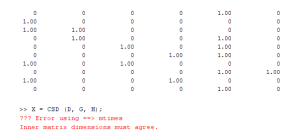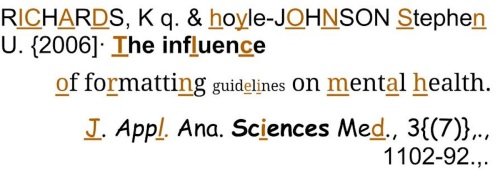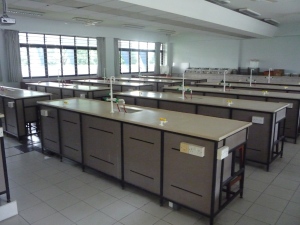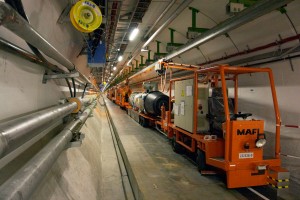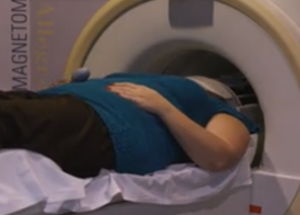Journal mandates two-word paper titles
 The International journal of Naturalistic Science is mandating a new, two-word title format. Editor in Chief Ian Taylor explains: ‘We’ve come a long way in condensing through abstracts, then significance statements, graphical summaries and bullet-pointed highlights. However, we are convinced a good scientist can summarize their work in two words, which is why that is our new mandatory format’.
The International journal of Naturalistic Science is mandating a new, two-word title format. Editor in Chief Ian Taylor explains: ‘We’ve come a long way in condensing through abstracts, then significance statements, graphical summaries and bullet-pointed highlights. However, we are convinced a good scientist can summarize their work in two words, which is why that is our new mandatory format’.
Scientists in the field have mixed feelings about the initiative. ‘I feel we lose some of the nuances of our work’, said Angela Tarliss, lead author of the paper ‘Dead Mice’, ‘although we are getting a lot of clicks for our work congenital muscular dystrophy in the Malabar spiny dormouse’. Statistician Dr. Paige Waters, senior author of the paper ‘It Depends’, said her team debated a range of alternatives, including ‘New Method’, ‘Be Careful’ and ‘Sometimes More’. Neuroscientist Thomas Jouwstra expects the trend will continue: ‘We just posted a preprint our paper entitled ‘Brains’, which summarizes 14 years of work on physiological responses to fear stimuli in patients with early onset frontotemporal dementia.’
Taylor argues it’s only the start of the condensation revolution. ‘It’s really focused the authors to think clearly about their core research topic, but we’re always hoping to do better. Next year we’ll be launching our ‘nano-report’ format: Authors will be encouraged to submit a 190 millisecond video summary, describe their methods in one well-formed sentence, and summarise their statistical analyses with a single number. Whatever else authors might feel the need to say can easily be put in the online supplementary materials.’

